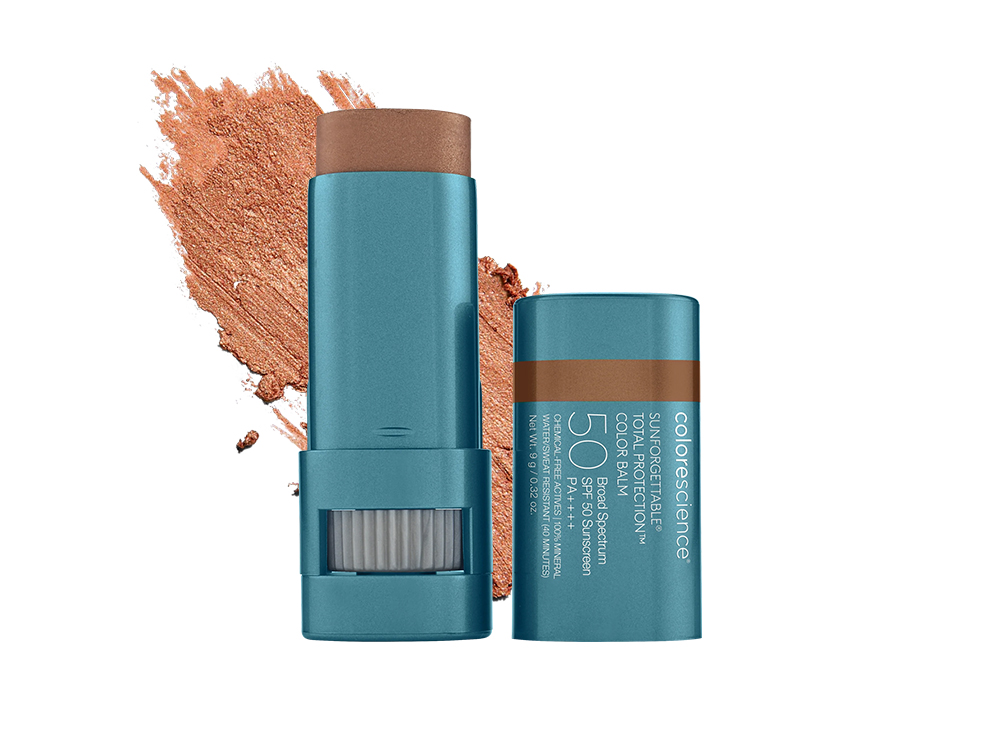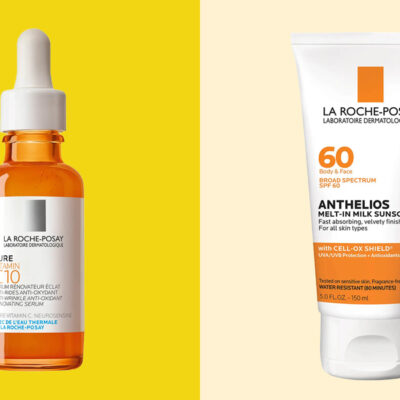While all the major chronic skin conditions have their own unique set of symptoms, struggles and solutions, one thing is universal when it comes to the world of persistent skin disorders: a lack of education for the masses. Whether it’s the misunderstanding we’ve long had about conditions like eczema, acne and vitiligo or the fear and embarrassment surrounding the topics that societal standards have historically perpetrated, resources and awareness for chronic skin conditions have been inadequate for years, but thanks to initiatives like AbbVie’s Science of Skin and Scalp event, experts in the field of skin health are actively working to make chronic skin conditions a more widely understood part of the beauty world today.
At this year’s Science of Skin and Scalp event, I had the opportunity to learn from dozens of chronic skin condition patients, and their lived experience taught me just how much there is to be educated on when it comes to skin conditions, namely in the way of vitiligo. To help spread the word about all things vitiligo and help amplify the important conversation surrounding the chronic condition, we tapped expert dermatologists for the most misunderstood or uncommon vitiligo symptoms and factors.
Featured Experts
- Heather Woolery-Lloyd, MD is a dermatologist in Miami, FL
- Joel Schlessinger, MD and Daniel Schlessinger, MD are dermatologists in Omaha, NE
- Marisa Garshick, MD is a dermatologist in New York
What are the symptoms or side effects of vitiligo that are most unknown amongst patients?
Self-Esteem and Quality of Life
“One of the biggest impacts of vitiligo is its effects on quality of life,” says Miami, FL dermatologist Heather Woolery-Lloyd, MD, noting that questions about if and how the condition will spread prompt a lot of anxiety among patients. “Vitiligo can be unpredictable, and this uncertainty is challenging,” she says. “Vitiligo also frequently affects exposed areas like the face, so patients are often asked questions about their skin condition in their day-to-day life, and this constant reminder can take a mental toll, affect self-esteem and confidence,” Dr. Woolery-Lloyd adds. “Although patients are personally aware of vitiligo’s impact on their own quality of life, many navigate this process alone. If the patient does not have a community, dealing with vitiligo can be very isolating.”
Vitiligo Itches
While most people know vitiligo by its visual aspects, there are a good deal of physical side effects associated with the condition that many—vitiligo patients included—aren’t aware of or prepared for upon diagnosis. “First off is itching,” says Omaha, NE dermatologist Joel Schlessinger, MD. “Many patients experience itching or tingling in areas where new patches are about to develop or where existing patches are expanding,” he says.
Dr. Woolery-Lloyd adds that “In one study, the prevalence of itch ranged from 19.6 percent to 29.4 percent depending on the type of vitiligo,” adding that vitiligo itches can occur even with no visible signs of irritation in the skin. “Some patients will experience itching before new lesions appear,” she says. “In the study, most women with vitiligo who reported itching described the itch as mild or moderate, but 33 percent described the itch as severe, yet vitiligo itching remains a symptom that is rarely discussed.”
Heightened Sunburn Risk
Another often overlooked side effect of vitiligo, Dr. Woolery-Lloyd points out, is the increased risk of sunburn. “Darker-skinned people with vitiligo may not have had any experience with sunburns and significant sun sensitivity,” she begins. “Sunburn prevention can be a learning curve for people who are not accustomed to wearing sunscreen daily, and this habit is so important for people with vitiligo.”
“The skin in vitiligo patches also sunburns much more easily since it lacks protective melanin, which patients don’t always anticipate,” Omaha, NE dermatologist Daniel Schlessinger, MD adds. “Before we had access to new treatments such as JAK inhibitors (a class of medications often prescribed to inflammatory skin condition patients to target and inhibit the Janus kinase enzyme) for vitiligo, dermatologists often recommend cautious sunlight exposure along with certain topical or oral medications, but this is fraught with challenges due to the ability to be sunburned in these areas more easily.”
Autoimmune Issues
In Dr. Woolery-Lloyd’s experience, many vitiligo patients, and patients with chronic skin conditions in general, are unaware that vitiligo is not a cosmetic condition, but rather an autoimmune issue that can often be associated with other autoimmune disorders and issues. “While vitiligo is often asymptomatic, it is a condition that can be associated with other autoimmune conditions, including thyroid disease and type 1 diabetes,” adds New York dermatologist Marisa Garshick, MD. “For this reason, it is always important to be properly evaluated for other medical conditions when given a diagnosis of vitiligo.”
Hair Changes
“Another lesser-known aspect of vitiligo is that the condition can affect hair follicles, causing premature graying or white hair in affected areas, including eyebrows, eyelashes and even inside the mouth,” says Dr. Daniel Schlessinger. Dr. Garshick also flags changes in hair pigment as a commonly overlooked or misunderstood side effect of vitiligo among her patients.
Koebner Phenomenon
“Some patients also experience what we call the ‘Koebner phenomenon,’ where new vitiligo patches develop at sites of skin trauma, like cuts or sunburns,” adds Dr. Daniel Schlessinger, highlighting the particularly emotional impact of the phenomenon. “Many patients don’t expect the psychological impact,” he says. “Studies show that vitiligo can significantly affect quality of life, comparable to other chronic skin conditions, even though it’s not physically harmful.”

















